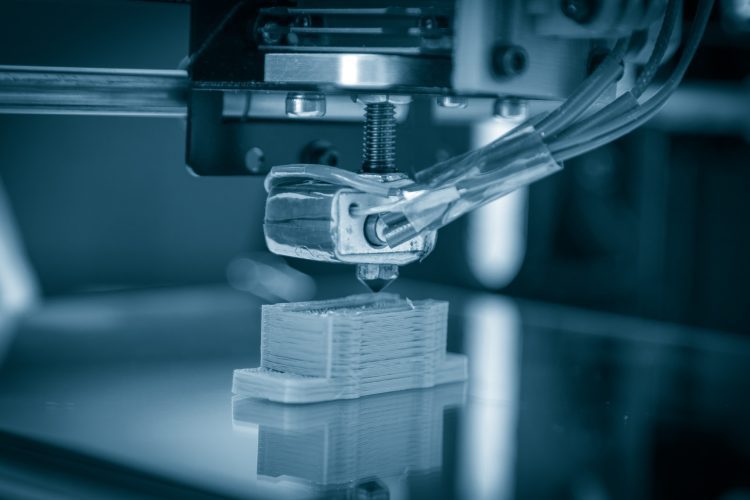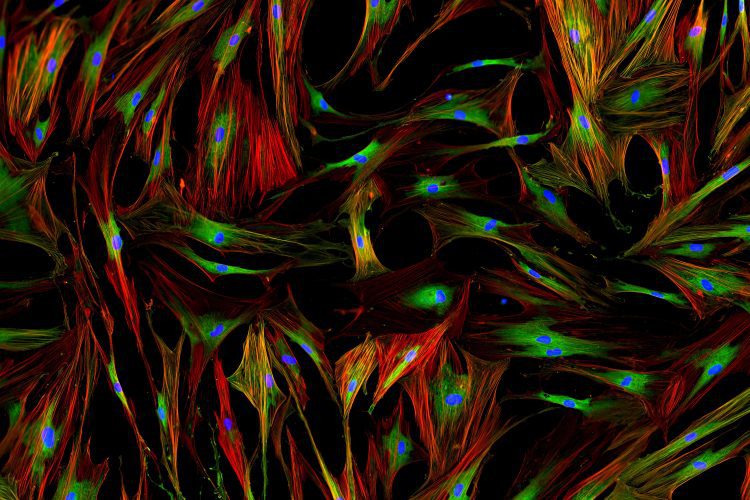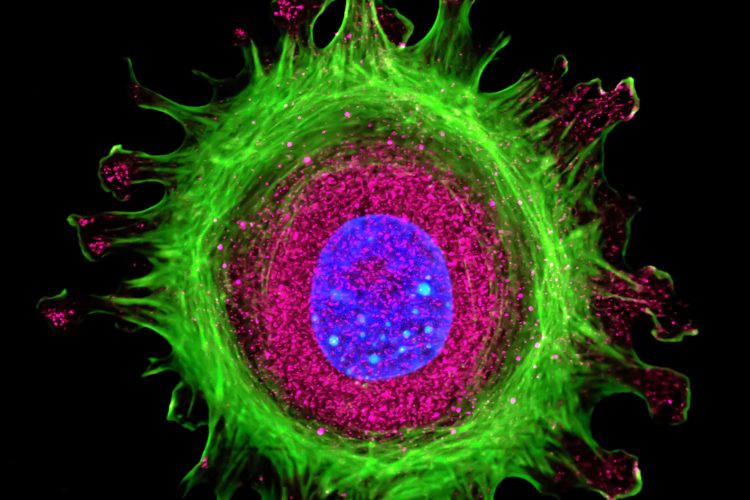Biophotonic Sensors Biophotonic sensors and systems are optical devices that can provide point-of-care diagnostics for medical practitioners and health researchers. They enable researchers to detect, sense, identify, and understand biological systems at the cellular/sub-cellular level, giving them a new understanding of biological processes, conditions, and molecular changes. Biophotonics is a rapidly growing field, and optical […]











